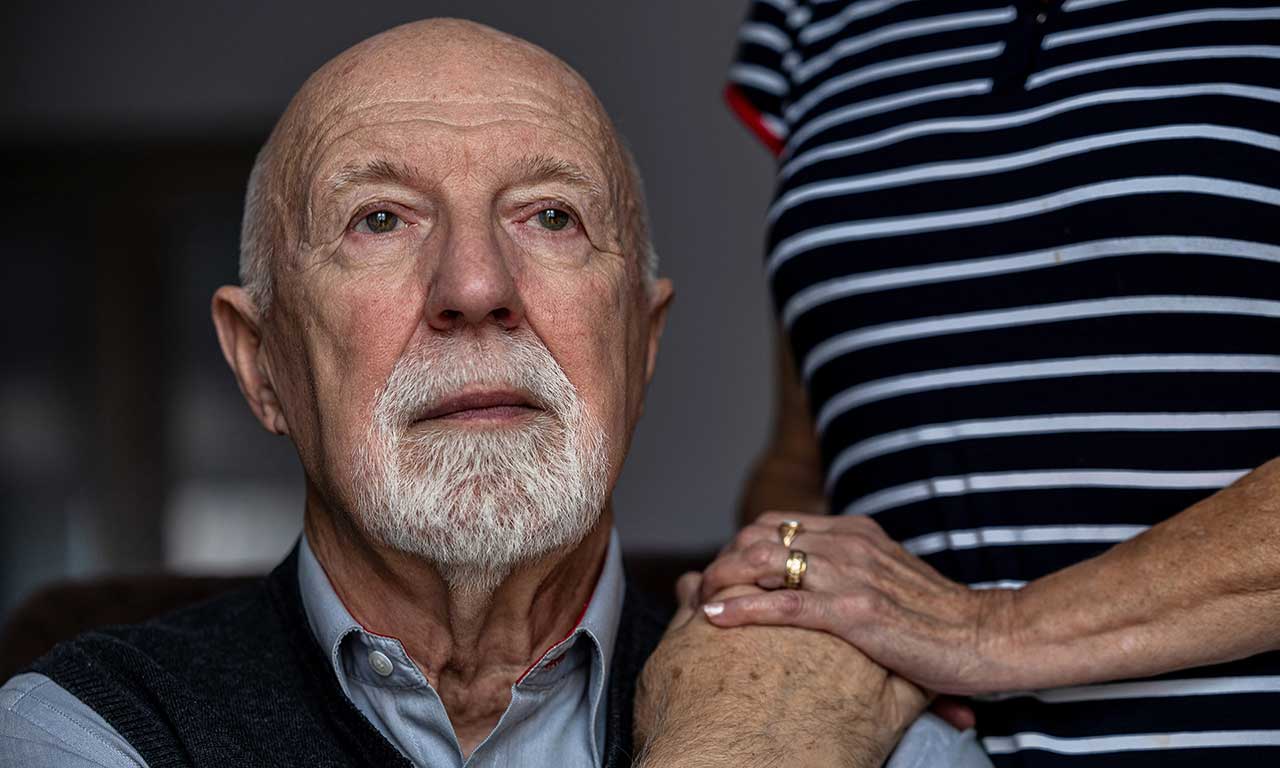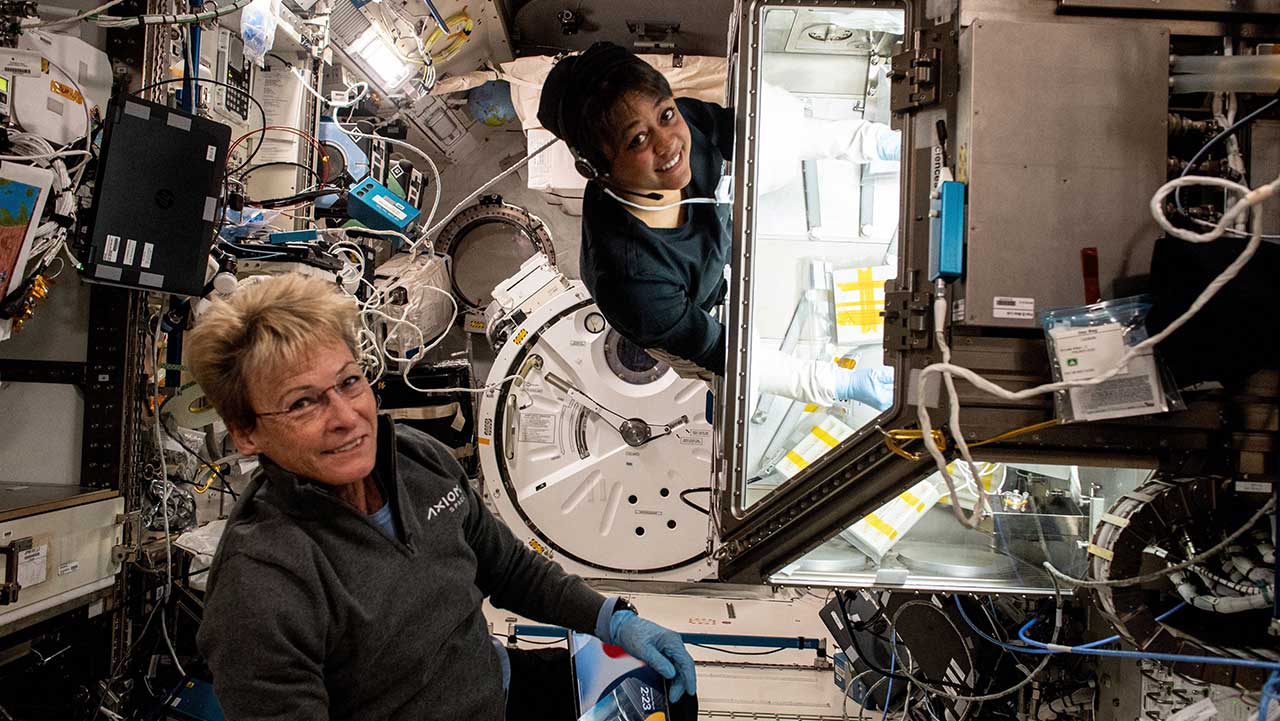Case Study
3D Human Brain Models for Drug Testing
New Therapeutic for Neurological Disorders Tested on Space-Grown Brain Organoids
R&D Challenge
To test a new therapeutic for neurological disorders, Axonis needed a mature 3D human brain model, which is difficult and time-consuming to produce on Earth.
Axonis Therapeutics developed a viral vector to target neurons and deliver a gene therapy to treat neurological disorders. The viral vector worked in mice but needed testing in a mature human brain model to confirm it works in humans. On Earth, researchers can generate neurons and other human central nervous system (CNS) cells from induced pluripotent stem cells (typically blood or hair cells that have been reprogrammed). However, it is difficult to culture more than one neuron subtype together, and because of gravity, cell growth is limited to 2D monolayers. Producing 3D brain organoids on Earth is possible, but the process is complex and requires several months. Additionally, the cells in the organoids often do not mature enough to accurately model an adult human brain.
Industries:
Pharmaceutical, Medical, Neuroscience
Strategic Focus Area:
In-Space Production Applications(Abbreviation: InSPA) InSPA is an applied research and development program sponsored by NASA and the ISS National Lab aimed at demonstrating space-based manufacturing and production activities by using the unique space environment to develop, test, or mature products and processes that could have an economic impact.
Research Area:
Neurological Disorders
Institution:
Axonis Therapeutics
ISSInternational Space Station NATIONAL LAB SOLUTION AND IMPACTFUL OUTCOME
Leveraging microgravityThe condition of perceived weightlessness created when an object is in free fall, for example when an object is in orbital motion. Microgravity alters many observable phenomena within the physical and life sciences, allowing scientists to study things in ways not possible on Earth. The International Space Station provides access to a persistent microgravity environment. conditions on the ISS, Axonis produced a mature 3D human brain model in 72 hours.
In space, fully mature human neurons and astrocytes (another type of CNS cell) rapidly self-assembled into a 3D brain organoid. Using this robust model, Axonis successfully demonstrated that its neuron-specific viral vector works in a mature human brain. With these results, Axonis was able to significantly de-risk its therapeutic, helping to move it closer to clinical trials. Additionally, the flight project and ISS National Lab grant funding made it easier for the startup to attract seed investors because it had non-dilutive capital and could hire its first research assistant. Results from the investigation significantly advanced human brain modeling for future space-based research and therapeutic development.

INVESTIGATOR
Shane Hegarty
Co-Founder and Chief Scientific Officer, Axonis Therapeutics

Axonis researchers Tia Dey and Shane Hegarty preparing for the team's ISS National Lab-sponsored investigation.
Media Credit: Axonis Therapeutics and BioServe
“It was very exciting—we were able to both validate the gene therapy targeting ability and show that we indeed rapidly formed 3D assembloid models of the human brain. The major breakthrough is that you can self-assemble mature neurons and astrocytes rapidly into a model of the brain in microgravity conditions, which you can’t do on the ground.”
– Shane Hegarty, Axonis Therapeutics co-founder and chief scientific officer

APPLICATION
Axonis’ therapeutic could be used to treat currently incurable neurological conditions, such as Alzheimer’s, Parkinson’s, and spinal cord injuries.
The startup’s therapeutic is designed to prevent neuron degeneration and trigger regeneration. This means the drug could not only stop further damage caused by neurological disorders but also reverse the damage already done. Additionally, the results from Axonis’ investigation could have important applications in personalized medicine. Researchers could take blood or skin cells from a patient and reprogram them into the CNS cells involved in the patient’s neurological condition. The cells could then be sent to space to rapidly develop a personalized 3D model to test therapeutics to treat the patient’s disorder.
Note: This content is abridged from an article originally published in Upward,
the official magazine of the ISS National Lab.


